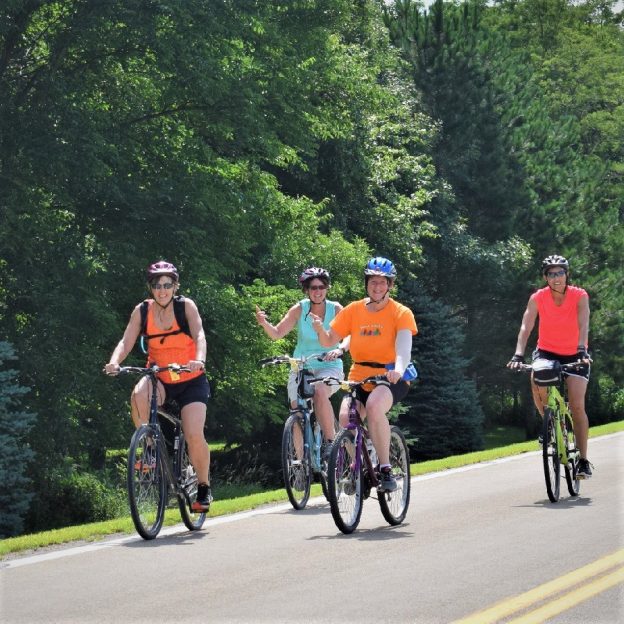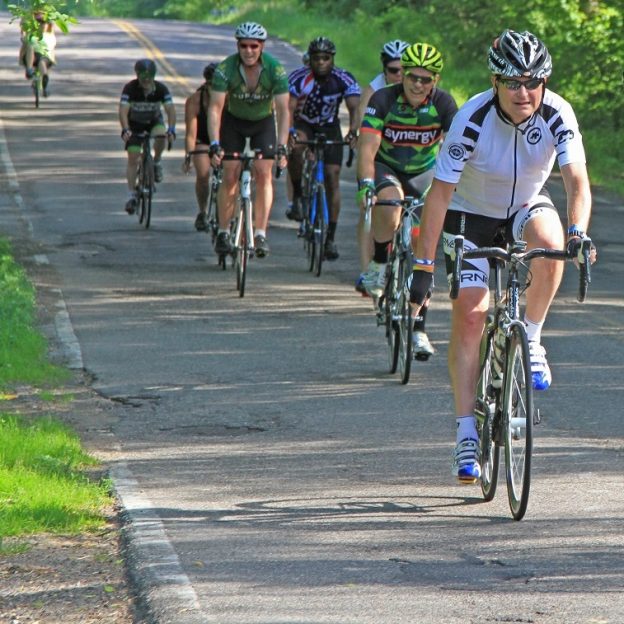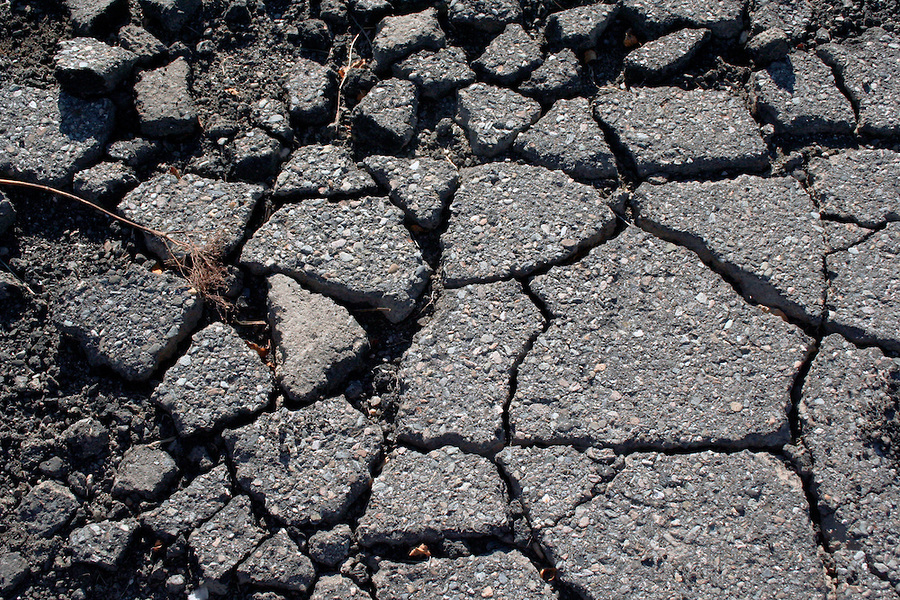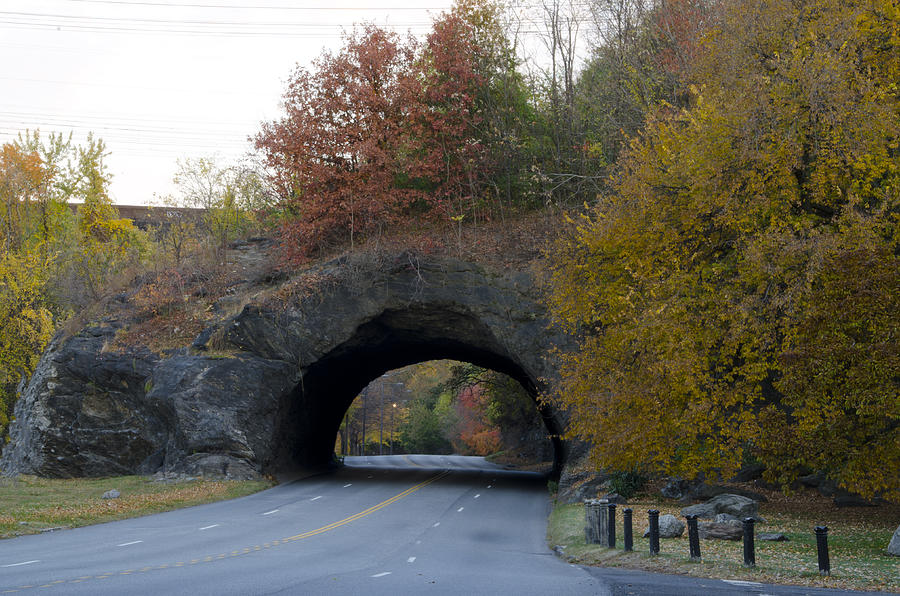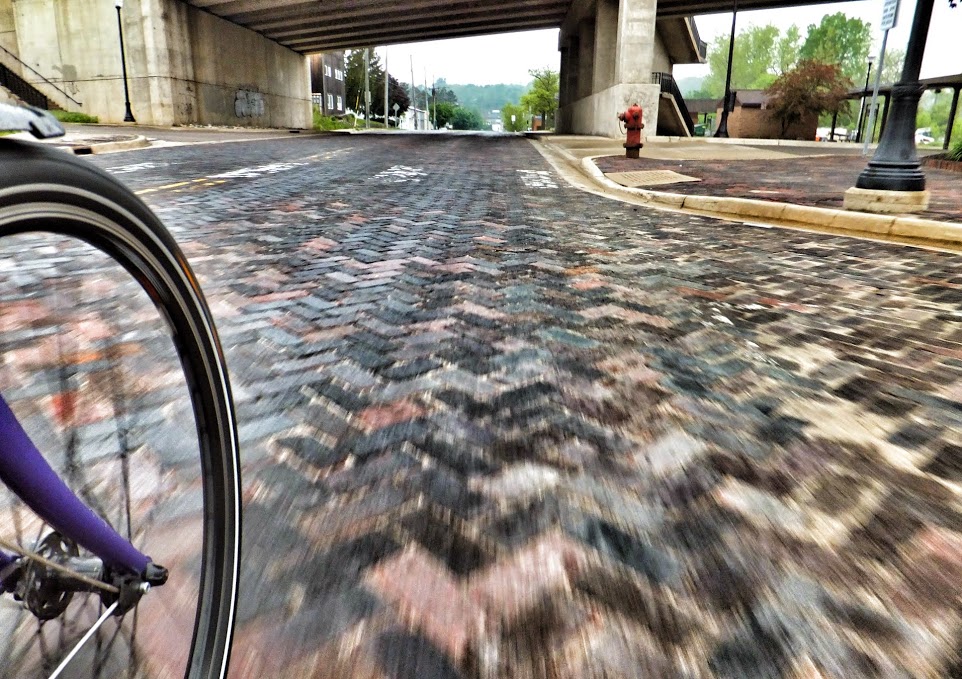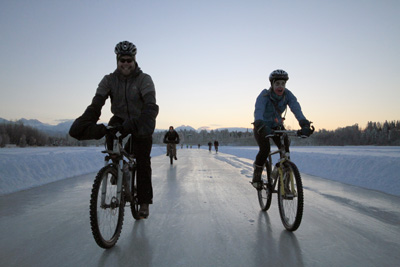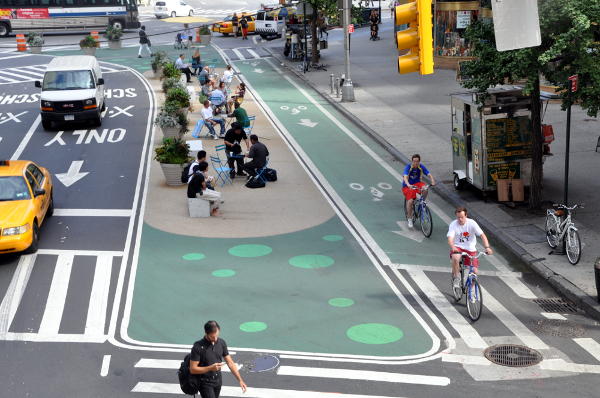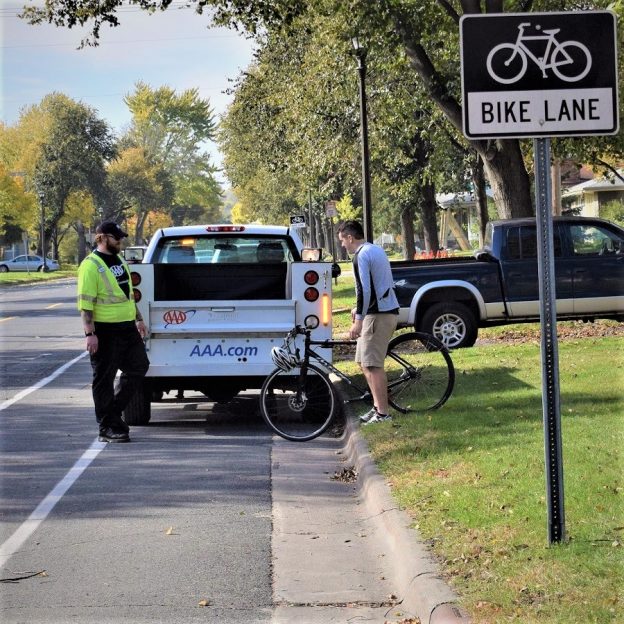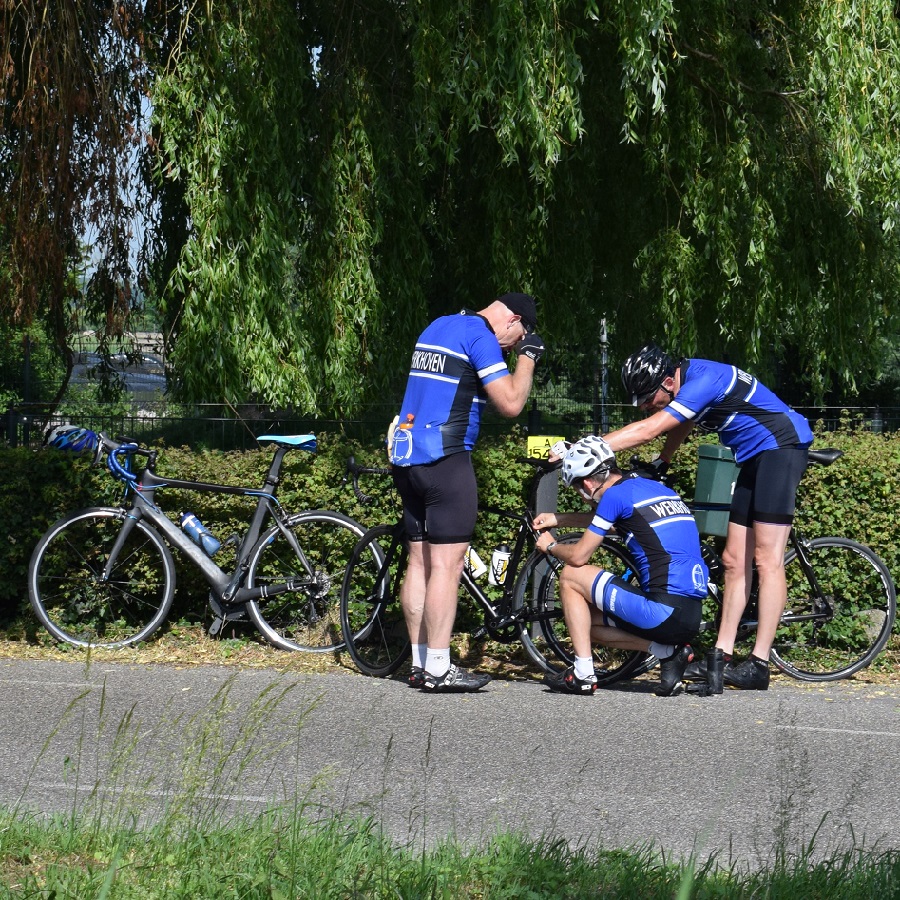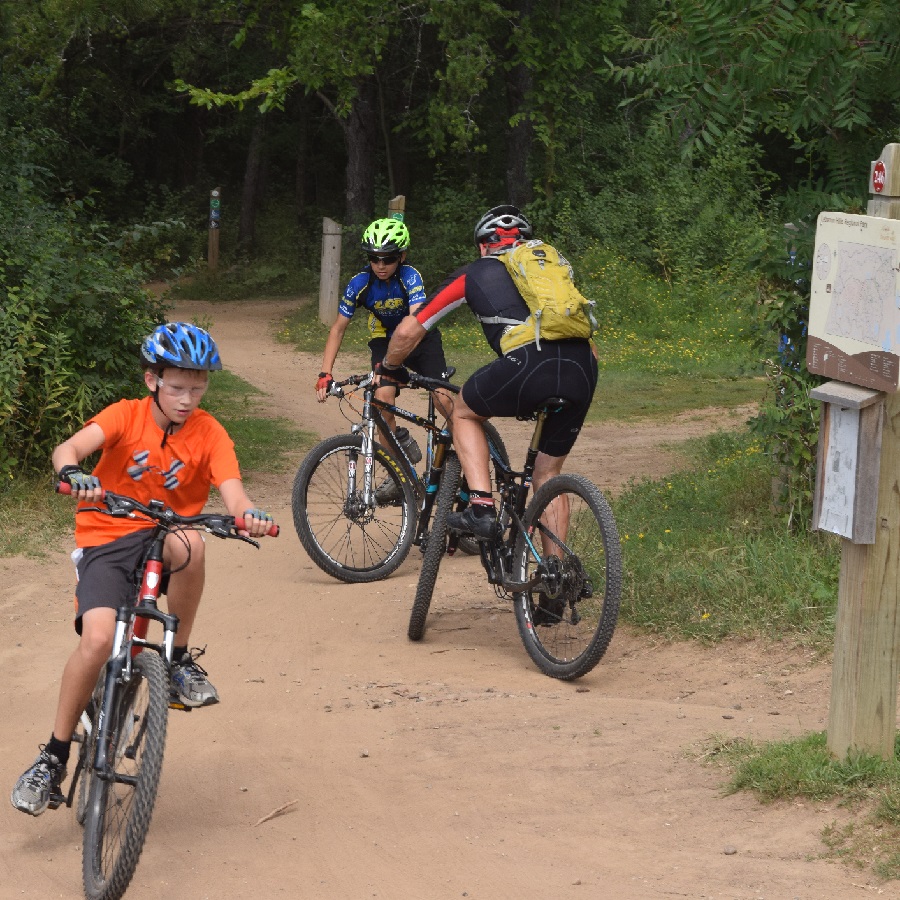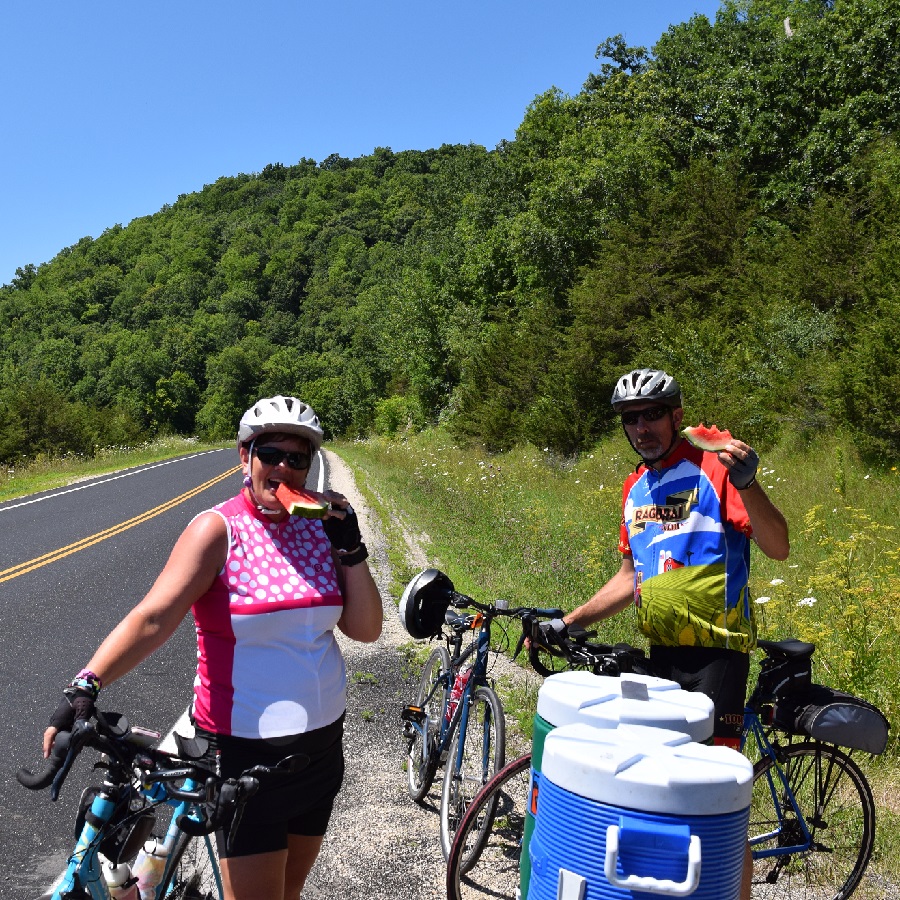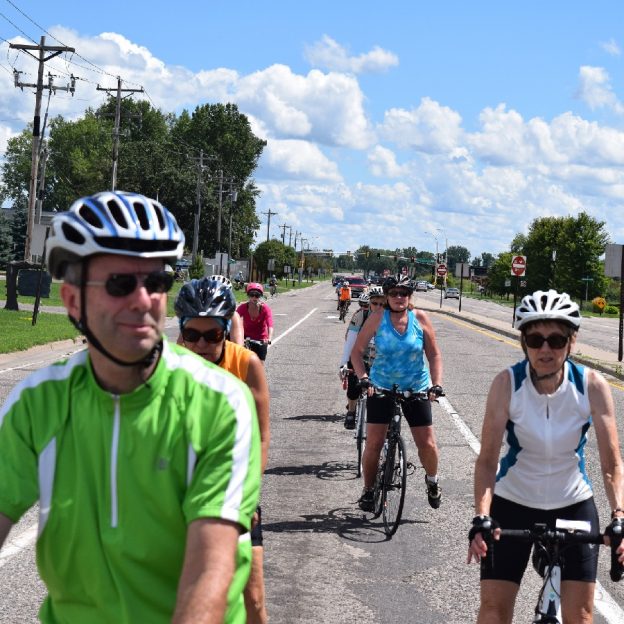by John Brown, HaveFunBiking
Riding a bike is both a fun sport and mode of transportation if done safely. One of the main concerns while riding your bicycle when traffic is around you is, what to do? As a cyclist, you become aware of what drivers of automobiles are doing and how to keep yourself safe. Now, what happens when you get back in your car? Take some of the lessons you learned while riding your bike and use them to become a safer driver of an automobile.
Know where you are as a safer driver
When you are driving in your car, safety concerns change with the surroundings. Traffic signs like deer crossing, children at play, and school zones offer a great indication that you should be paying close attention to what’s off the road as well as what’s on it. In residential areas, be aware of cyclists on sidewalks, in driveway as well as on the road. Pay particular attention to children as their behavior can be a bit more erratic than an adult. In the case of adults, look for hand signals to alert you to their changes in direction.
Passing as a safer driver
To be a safer driver pay close attention when passing a cyclist. Take the time to do it right, and by that I mean, literally take the time! Slow down, allow the rider to know you are approaching, ensure that the road ahead is clear for you as well as the cyclist and pass at a safe distance. Even if you need to wait a few minutes to pass safely, be sure not to act too aggressively when the opportunity does arise to pass. See new law revisions when passing a bicyclist in Minnesota.
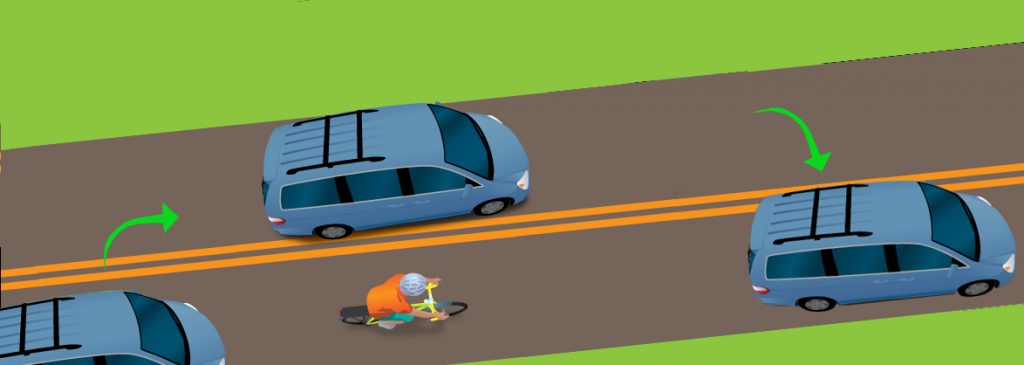
A safe driver when passing gives the bike rider plenty of room and you plenty of time to deal with any oncoming traffic.
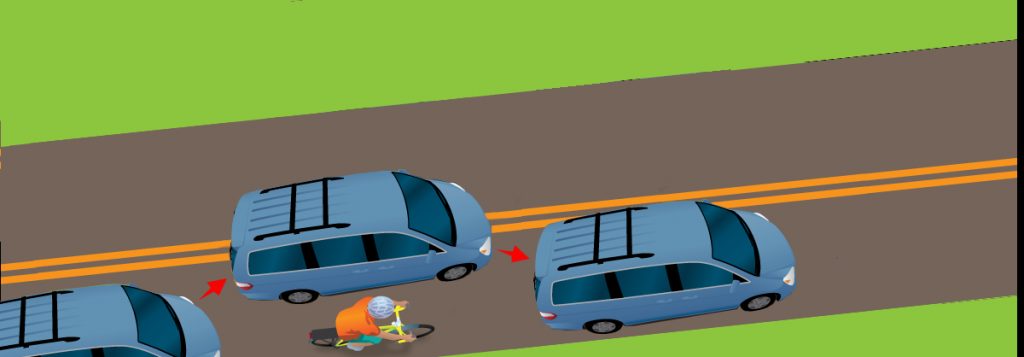
Too little room can force a rider off the road and into a bad situation.

Look down the road and ensure you have ample room and time to pass safely.
Turning as a safer driver
Most cyclist will ride to the right side of the road and in doing this they put themselves in danger for cars turning right. To be a safer driver, pay close attention to bike riders on the shoulder of the road. As you pass them be sure to offer plenty of room before you begin to turn your car in front of them. Sadly, many drivers will look forward for a clear road while turning, but not off to their right. This leads to cyclists possibly impacting the right side of a car.
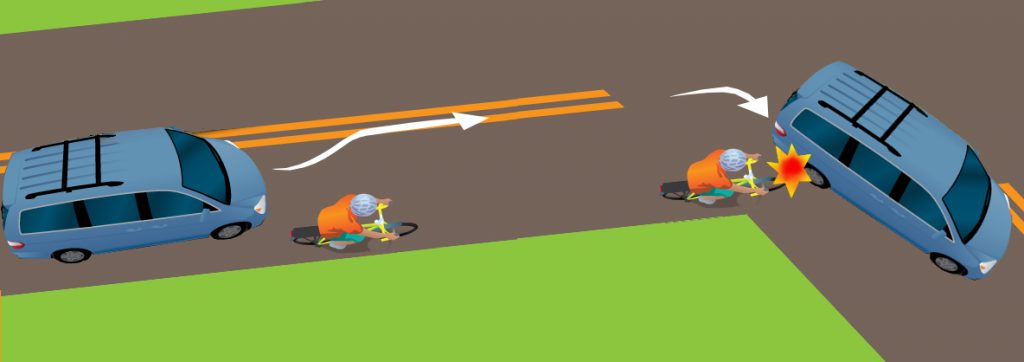
Give cyclists ample room to stop or slowdown if needed.
Opening Your Door As A Safer Driver
Just like turning, when opening your car door be sure to look behind you. Riders use the right side of the road, so when you park on the street, you can do serious damage to a rider and your vehicle if you accidentally “door” them. A moment to look in the rear view mirror can save you and those around you a lot of pain and trouble.
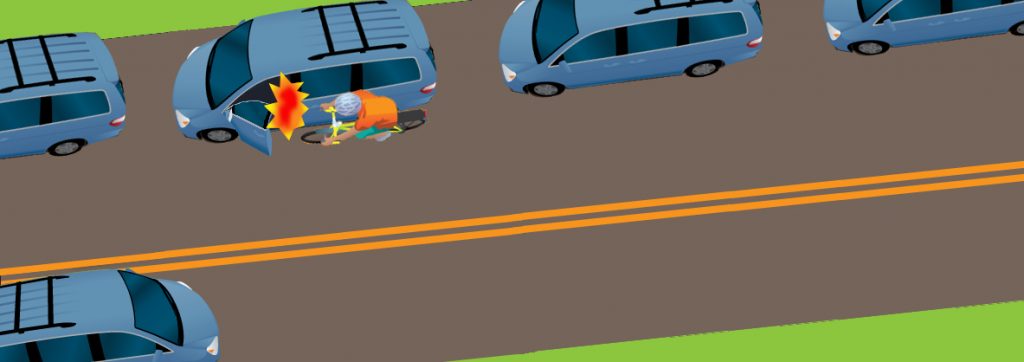
Pay close attention to what is behind you before opening your car door when parked on the street.
Distractions On Your Bike Or In A Car
We live in a digital world and it is difficult to unplug with all the distraction. Please make the pledge to yourself to use your digital devices as little as possible in the car or on your bike. Other distractions can be music that is too loud, children that are excitable (I struggle with this one) or GPS devices. Try to plan your route in advance, limit the digital distractions, and remind your children of the dangers of distracted driving.
We should all hope that the same care we take while riding on our bike goes into our driving habits and vise-versa. Being more aware of our surroundings, more aware of others, and less distracted goes a long way to make you a safer driver of both your car and your bicycle.
